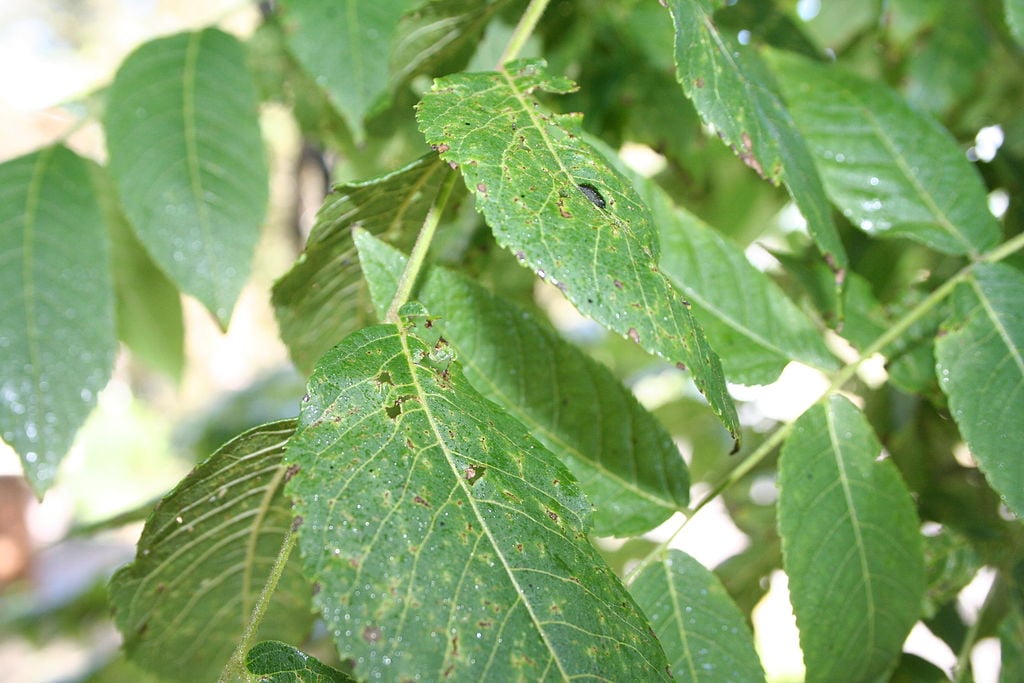
When it comes to tree and shrub damage, it’s common for homeowners to tell us that everything seemed fine—until suddenly, it wasn’t.
Unfortunately, shrub and tree diseases in Tennessee and Northern Mississippi can frequently happen right under your nose. The problems don’t become obvious until it is serious. Considering you really care about the trees and shrubs on your property (and the value that they provide), this can be pretty frustrating.
After all, the last thing that you want to see if your beloved plants succumb to a problem—particularly if it’s one that could have been prevented.
While diagnosing a tree or shrub disease is not a simple task and really does require the expertise of a professional, we’ve put together a list of four of the worst shrub and tree diseases in Tennessee and Northern Mississippi and what can be done.
This fungal disease is common in deciduous trees. If often appears first as stunting of the infected plant. Oftentimes, the foliage on only one side of the tree will wilt.
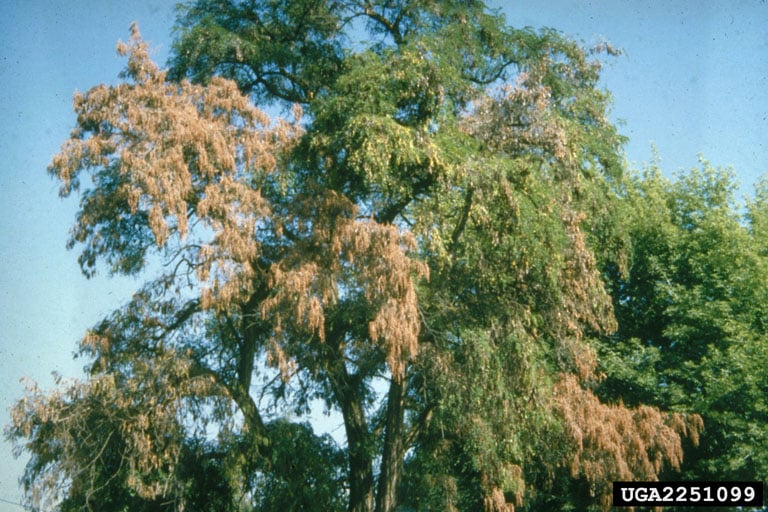
Leaves will wilt, curl, turn color and ultimately brown and fall off (prematurely). Stems and branches will die back as well. This infection originates in the soil and spreads when the fungus invades the root system. Symptoms of this disease can definitely manifest rapidly and appear at any time during the growing season.
This disease is a condition that causes roses to grow strangely deformed stems, leaves, and flowers. It is a disease that is transferred from plant to plant by a mite. The various symptoms include stunted and yellowing foliage, flowers that are deformed, flower buds that emerge in tight clusters (“rosettes,” which gives this disease its name), very thick stems, and bright red new growth that never turns green.
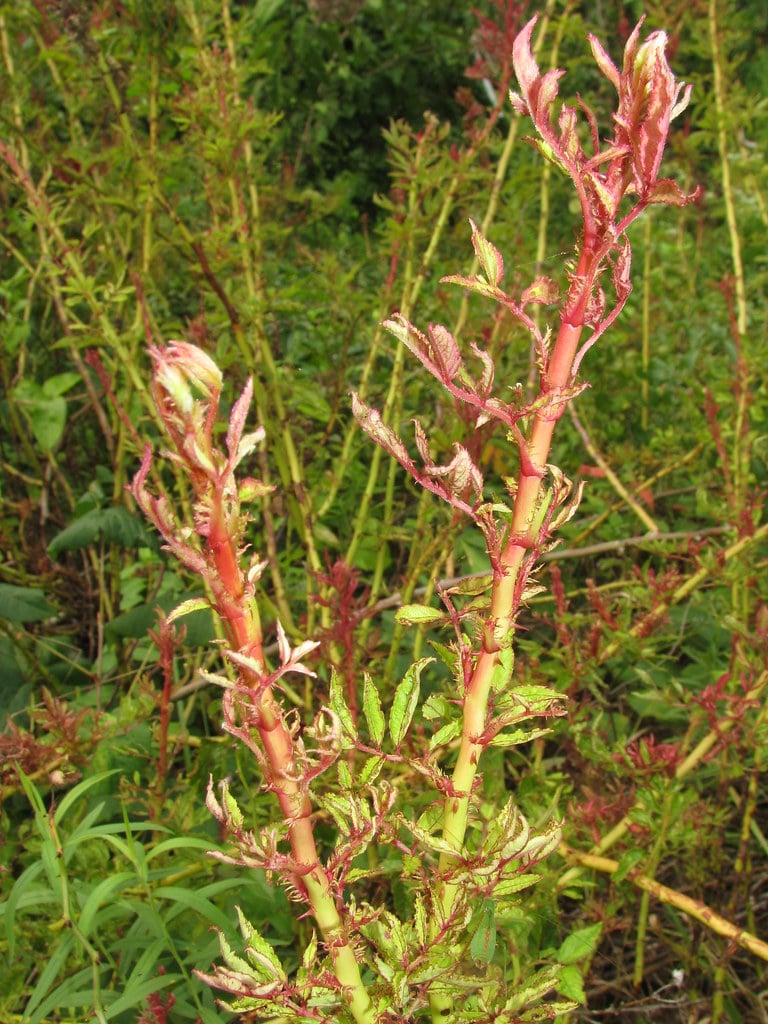
A rose bush that is infected may have one or more of these symptoms. The symptoms may be confined to just a few shoots or the entire plant.
This group of related fungal leaf and stem diseases has been known to infect deciduous trees including Dogwood, Maple, Oak, Sycamore, Ash, and others.
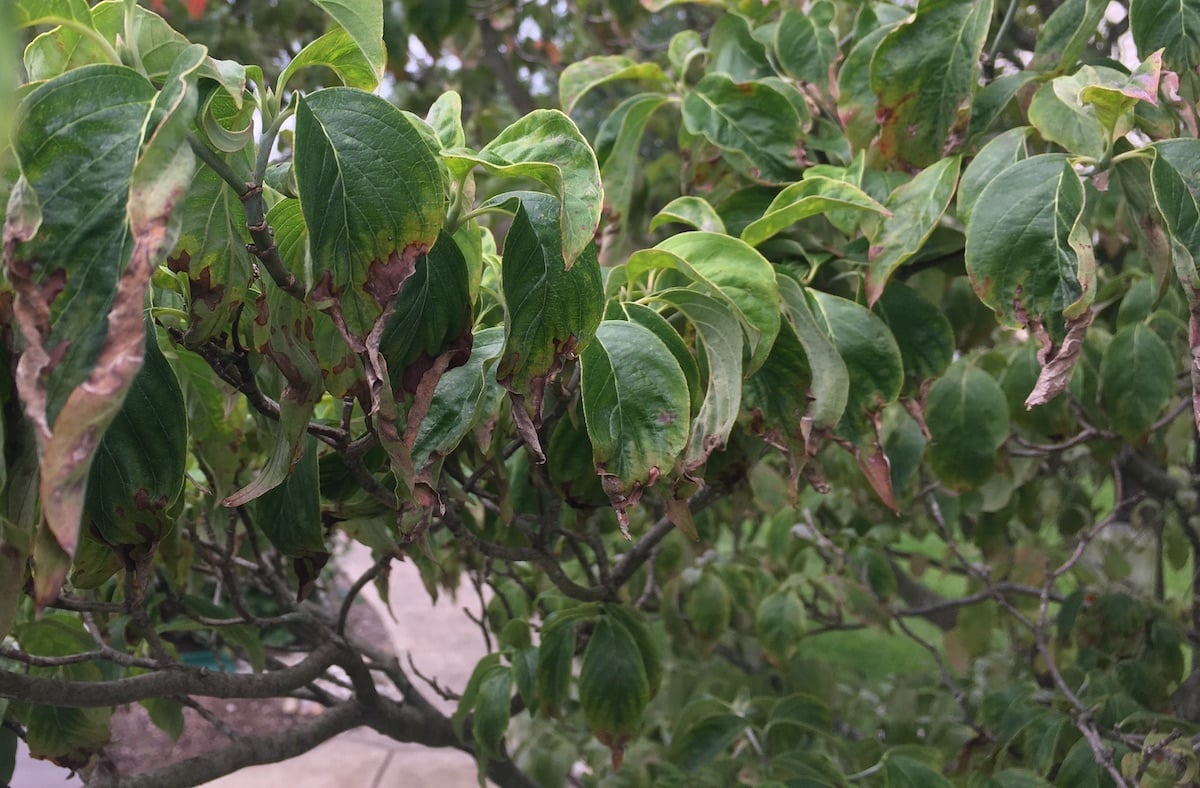
Symptoms include small dead spots on leaves, browning areas along leaf veins, premature defoliation, twig death, and dying buds in the early season, which can be misidentified as frost damage.
This is a complex disease and fortunately not one that we see very often as there is no cure for it. This disease is caused by fungus-carrying Walnut Twig Beetles, which tunnel beneath the bark of walnut trees and create small cankers.
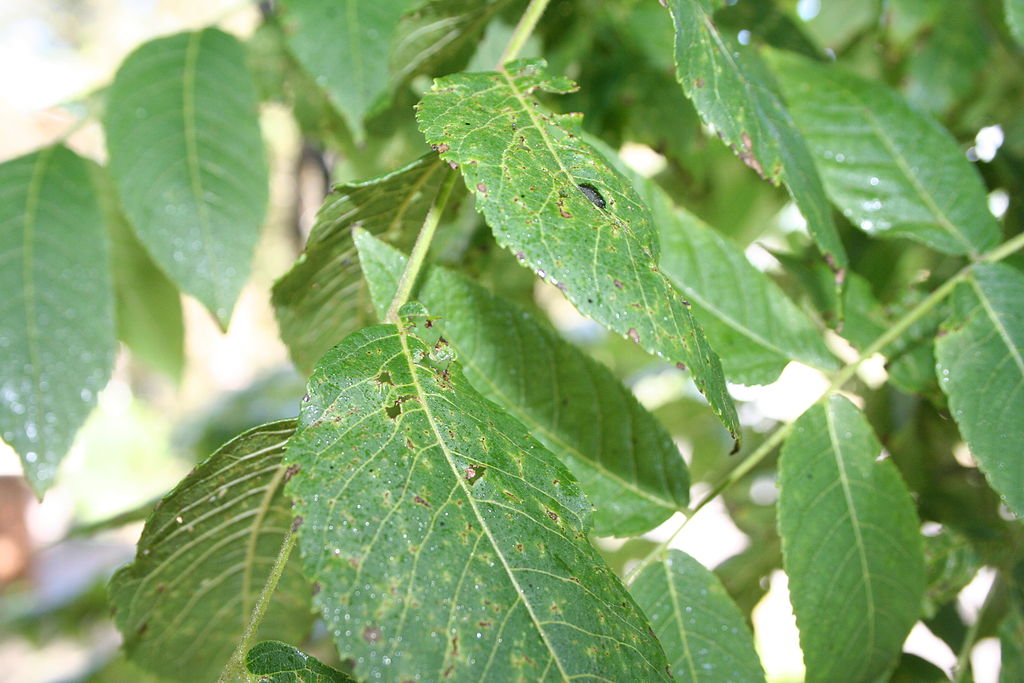
Over time, repeated attacks and growing cankers can lead to the disruption of water and nutrients through the tree and will cause dieback.
Treating tree and shrub diseases definitely requires an individualized approach. That means the exact recommendations will vary depending upon the specifics of the disease. For that reason, it is important to work with a professional who can perform the proper tree disease identification and ensure that the best treatment is executed.
Oftentimes, this includes the professional application of a commercial-grade control product. For instance, if you have a fungus infection, a professional will apply a fungicide to attempt to control the disease.
However, it’s important to recognize that not all diseases are treatable. Plus, sometimes when we get called in to inspect a tree or shrub, the damage is already too severe and the plant will never make a full recovery.
This makes it important to work with a professional that will be honest with you about realistic expectations. It most likely doesn’t make sense to invest in treating a tree or shrub that is going to ultimately need to be removed.
Because of our connection with our sister company Michael Hatcher & Associates, we are not only able to advise you if a plant may not recover, but we can also set up its removal.
In addition, we can recommend a new species that might be better suited to your landscape and will perform much better going forward. Plus, we can install those trees and shrubs for you.
This is more than a typical lawn care company would be able to offer.
Going forward, you might also be interested in protecting the trees and shrubs in your landscape with our Plant Health Care program. It’s not a cure for sick plants but it will help set your future landscape up for success by providing a layer of protection in terms of defending against disease.
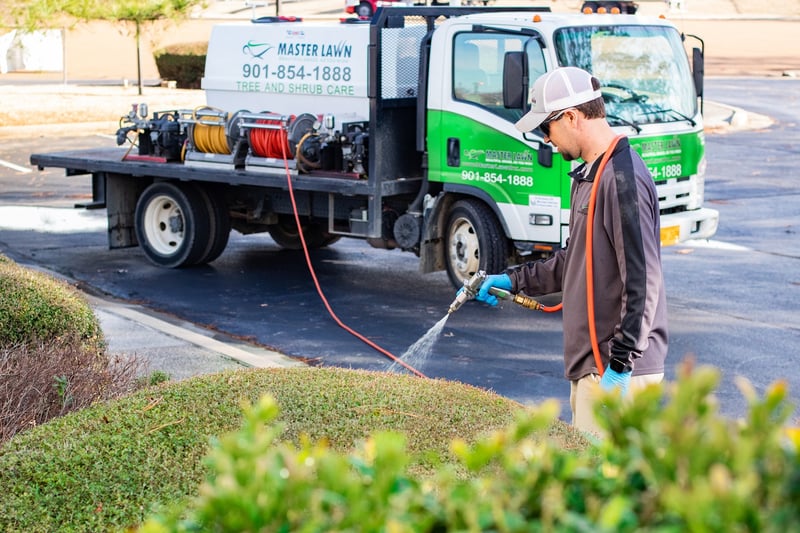
Once you get your landscape back on track you’ll likely want to do what you can to prevent future problems. This program can assist with just that.
Along with the keen eye of a tree care professional who can diagnose problems as they arise (rather than when it’s too late), you’ll be able to gain confidence that your landscape is getting what it needs.
While not all problems can be prevented, working with a pro who will be honest and realistic with you will also ensure that you are investing as wisely as possible.
Ready to let go of the worries associated with the health of your trees and shrubs at your Memphis, TN or Northern Mississippi home? Request a quote, get your customized Plant Health Care plan, and become the master of your landscape.
Image sources: verticillium wilt, thousand cankers disease, rose rosette disease
Michael Hatcher is Founder / Chairman of Michael Hatcher & Associates.
These Stories on Plant Health Care
8255 Center Hill Rd
Olive Branch, MS 38654
8164 MS-178
Olive Branch, MS 38654
Phone: (901) 445-9336
Fax: (901) 853-7353
Copyright © Master Lawn | All Rights Reserved.